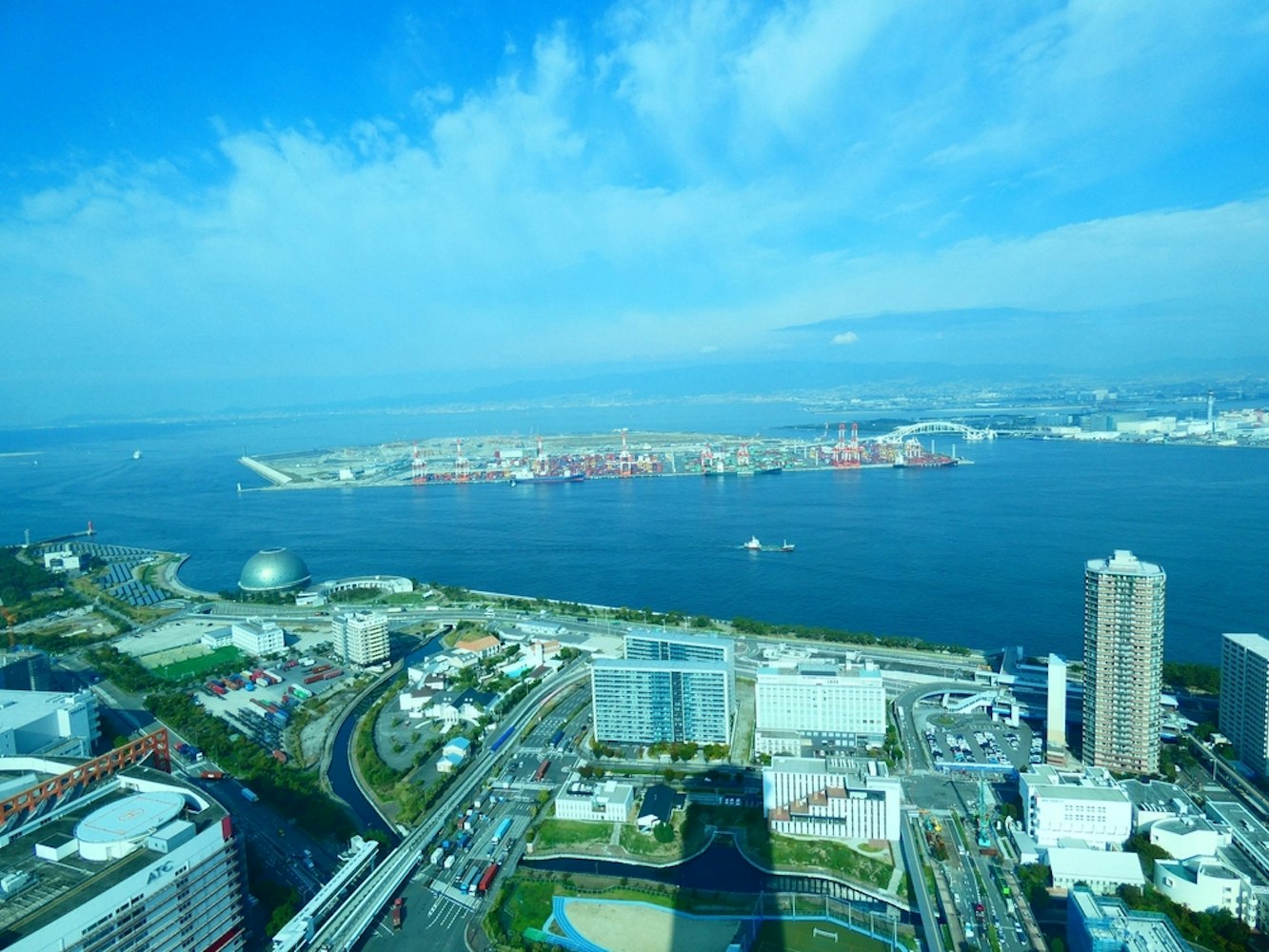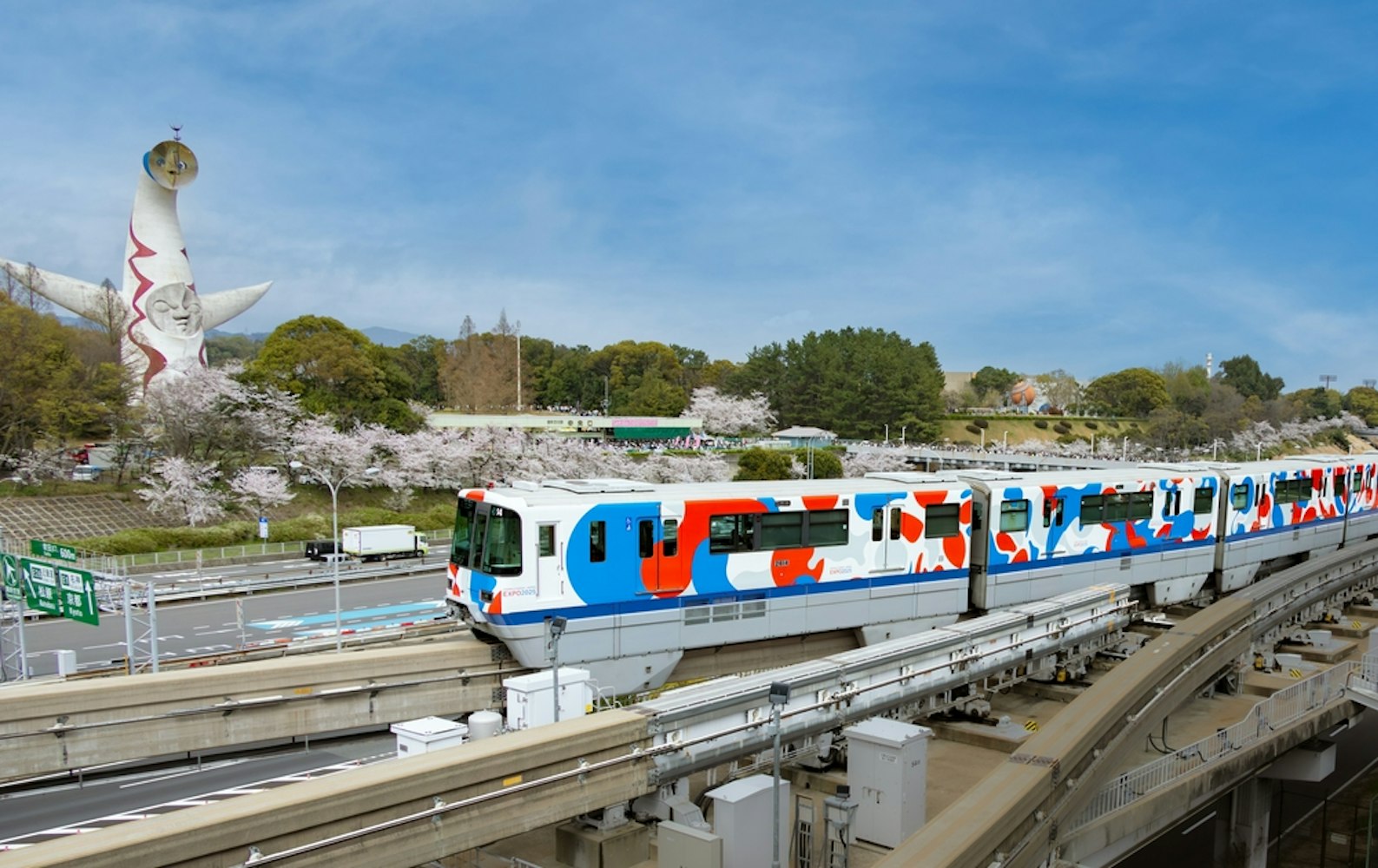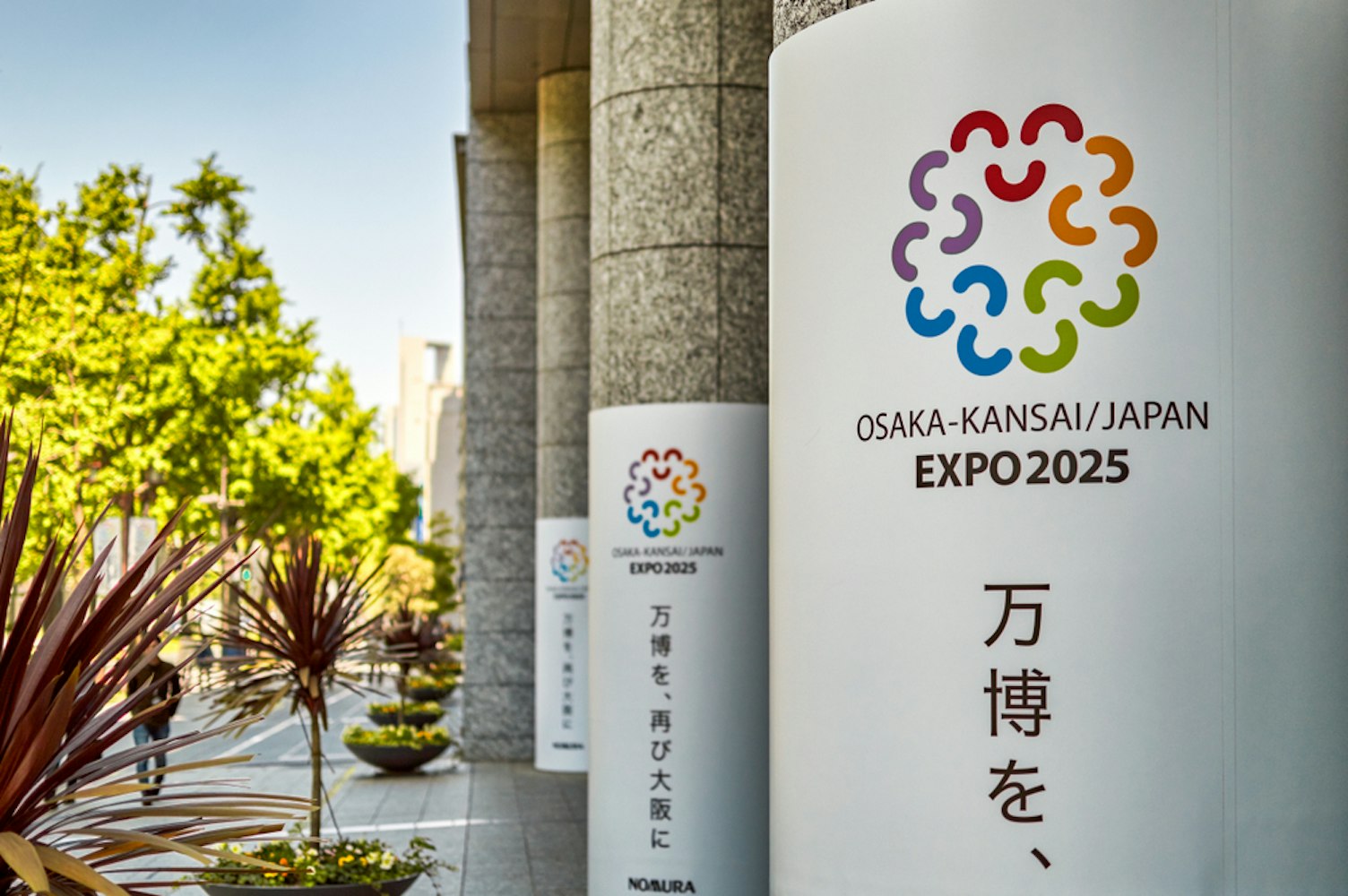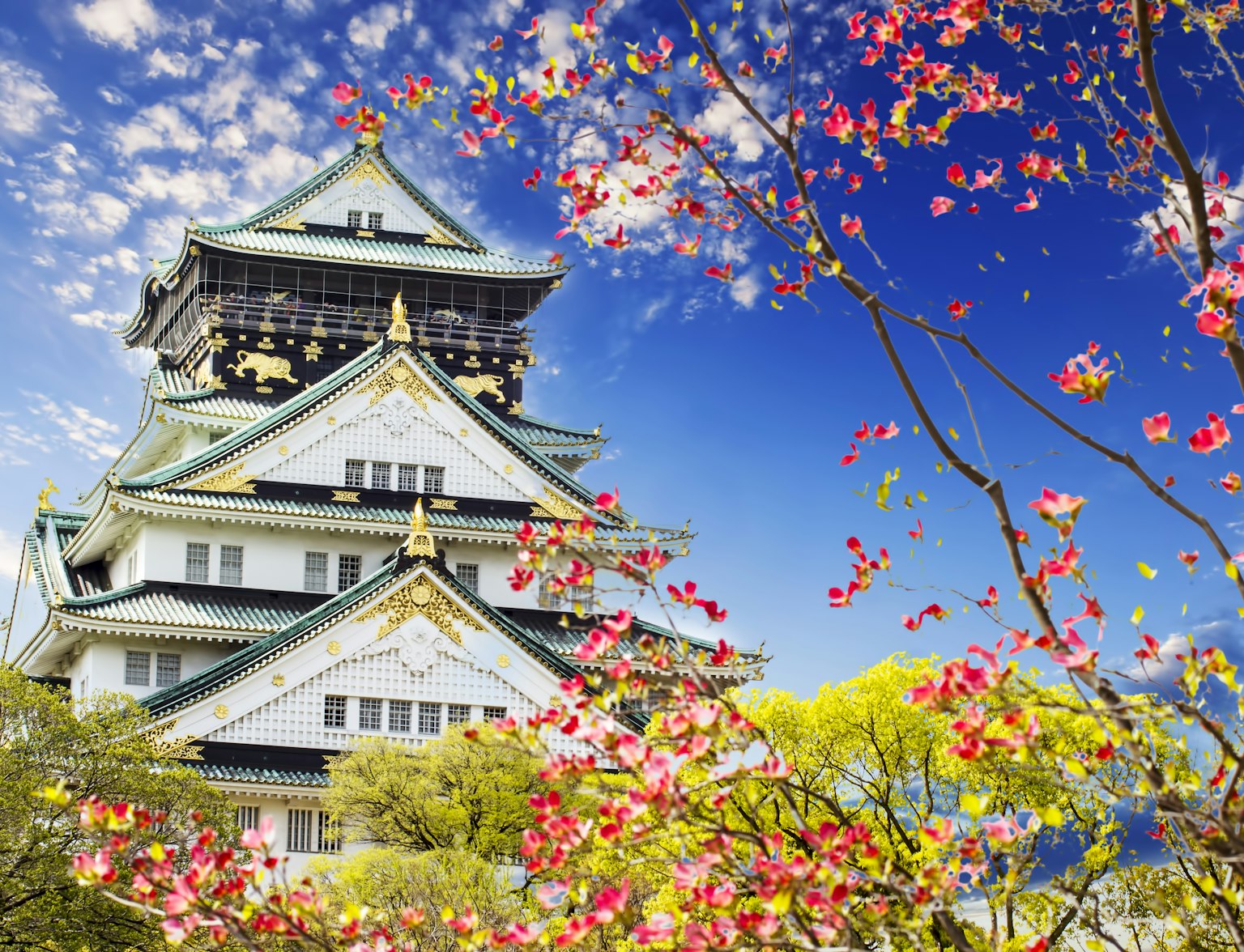오사카 엑스포 2025는 어떤 행사인가요?


이 Osaka Expo 2025 는 2025년 4월 13일부터 10월 13일까지 오사카 유메시마 섬에서 개최되는 글로벌 이벤트입니다. 개최국인 일본은 글로벌 도전과제를 해결하기 위한 교류와 협력을 촉진하는 데 중요한 역할을 할 것입니다.
테마와 함께 "우리의 삶을 위한 미래사회를 디자인하다" 엑스포는 의료, 지속 가능성 및 기술의 혁신을 통해 주요 글로벌 문제를 해결하는 데 중점을 둘 것입니다. 2,800만 명 이상의 방문객을 끌어들일 것으로 예상되는 이 엑스포는 인터랙티브 전시, 국가 파빌리온, 더 나은 미래를 형성하기 위한 토론을 선보일 예정입니다.
오사카 엑스포 2025 개요
이 월드 엑스포 는 각국이 자국의 성과와 혁신을 전 세계 관객에게 선보일 수 있는 플랫폼을 제공하는 유명한 국제 행사입니다. 오사카는 이 행사를 개최한 자랑스러운 역사를 가지고 있습니다. 월드 엑스포 1970년은 일본의 전후 부흥과 근대화에 중요한 이정표가 되었습니다. 50여 년이 지난 지금, 이 도시는 다시 한 번 세계를 맞이할 준비가 되었습니다.

2020년에는 Bureau International des Expositions (비) 는 총회에서 2025년 엑스포에 대한 일본의 등록 서류를 승인하여 글로벌 도전 과제를 해결하고 다음과 같은 목표를 위해 협력하는 데 있어 행사의 역할을 강조했습니다. 지속가능발전목표(SDGs)특히 COVID-19 전염병과 같은 위기에 비추어 볼 때 그렇습니다.
다가오는 엑스포는 일련의 전시회, 토론 및 인터랙티브 디스플레이를 통해 중요한 글로벌 문제를 탐구하고 혁신적인 솔루션을 공유하는 것을 목표로 합니다. 그것은 기술 발전, 문화 교류 및 국제 협력을 축하하는 행사가 될 것입니다.
메인 테마: "우리의 삶을 위한 미래 사회의 설계"
엑스포 2025의 주요 초점은 그 주제에 요약되어 있습니다. "우리의 삶을 위한 미래 사회를 디자인하다." 이 주제는 모두를 위한 지속 가능하고 포용적인 미래를 형성하는 것의 중요성을 반영합니다. 엑스포는 우리가 생활하고, 일하고, 서로 상호 작용하는 방식을 변화시킬 수 있는 획기적인 아이디어와 기술을 시험하는 장이 되도록 설계되었습니다.
이 이니셔티브의 핵심 요소는 사회적 과제에 대한 혁신적인 솔루션을 공동으로 만들고 구현하는 것을 강조하는 'People's Living Lab'입니다. 이 역동적인 공간은 다양한 참가자가 협업하고 체험 활동에 참여하도록 장려하여 개인이 더 건강하고 만족스러운 삶을 살 수 있도록 영감을 주는 것을 목표로 합니다.

이 주제를 더 자세히 탐구하기 위해 엑스포는 세 가지 주요 하위 주제로 나뉩니다.
생명을 구하는 일
삶에 힘을 실어줍니다
삶을 연결하다
이러한 하위 주제는 기후 변화, 의료, 불평등 및 디지털 전환과 같은 시급한 글로벌 과제를 시급히 해결해야 할 필요성을 강조합니다. 각 하위 테마가 무엇을 나타내는지 자세히 살펴보겠습니다.
오사카 엑스포 2025의 하위 주제
1. 생명을 구하는 일
이 하위 주제는 의료, 식량 안보 및 환경 보호 분야에서 생명을 구하는 혁신에 중점을 둡니다. 세계 인구가 계속 증가하고 글로벌 보건 위기가 발생함에 따라 이 하위 주제는 세계에서 가장 취약한 인구가 깨끗한 물, 영양가 있는 음식 및 의료와 같은 필수 자원에 접근할 수 있도록 하는 새로운 방법을 탐구할 것입니다. 토론과 전시회는 질병 예방, 지속 가능한 농업 및 기후 변화를 완화하기 위한 솔루션에 대해 탐구할 것입니다.

이 간사이 지역 에는 교토 대학의 iPS 세포 연구 센터와 같은 유명한 연구 기관이 있어 일본의 혁신과 기술 발전에 크게 기여하고 있습니다.
이 분야에서는 또한 일본의 건강 혁신에 대한 수많은 프레젠테이션이 있을 것으로 예상되며, 이는 인공 지능, 로봇 공학 및 IoT와 같은 첨단 기술을 결합하여 지속 가능한 인간 중심 사회를 만드는 개념인 일본의 광범위한 Society 5.0 전략과 연결될 것입니다.
2. 삶에 힘을 실어줍니다
개인과 지역 사회에 힘을 실어주는 것이 엑스포의 주요 초점이 될 것입니다. 이 하위 주제는 사람들이 교육, 기술 및 경제적 기회를 통해 잠재력을 최대한 발휘할 수 있도록 하는 데 중점을 둡니다. 사회적 포용, 평등권, 배경이나 능력에 관계없이 모든 사람이 번영할 수 있는 환경을 조성하는 것의 중요성을 강조합니다.
여성, 청소년 및 소외된 지역 사회에 힘을 실어주는 혁신도 선보일 예정입니다. 이 여성관 는 이 하위 주제의 하이라이트가 될 것으로 예상되며, 참가자들은 선진국과 개발도상국 모두에서 양성 평등을 촉진하고 여성에게 권한을 부여하는 방법에 대해 논의할 것입니다.
3. 삶을 연결하다
세계는 그 어느 때보다 상호 연결되어 있으며, 이 하위 주제는 인간 관계, 공유 지식 및 글로벌 협력의 중요성을 기념할 것입니다. 국가, 문화 및 산업이 공통의 문제를 해결하기 위해 협력할 수 있는 방법을 탐구합니다.
목표는 도시화, 이주, 디지털 전환과 같이 계속 증가하는 도전에 직면하여 지속 가능하고 조화로운 사회를 만드는 방법에 대한 글로벌 대화를 촉진하는 것입니다.

이 간사이 파빌리온 그리고 오사카 헬스케어 파빌리온 의료, 도시 개발 및 기술 통합에서 앞장서고 있는 이 지역의 능력을 보여주는 동시에 다양한 부문과 국가 간의 공동 창조를 촉진하는 데 중추적인 역할을 할 것으로 예상됩니다.
오사카 엑스포 2025의 파빌리온 하이라이트
2025 오사카 엑스포는 다양한 파빌리온을 선보일 예정이며, 각 파빌리온은 엑스포의 주제와 하위 테마의 다양한 측면을 선보일 수 있도록 설계되었습니다. 파빌리온은 정부, 기업 및 국제기구가 운영하여 방문객들이 최첨단 혁신과 문화 전시를 경험할 수 있도록 합니다.
엑스포에서 파빌리온을 전시할 예정인 국가는 일본, 미국, 독일, 프랑스, 중국, 브라질로, 행사의 국제적 측면을 강조합니다.
다음은 행사에서 주요 볼거리가 될 것으로 예상되는 몇 가지 파빌리온입니다.

1. 일본관
이 일본관 엑스포에서 가장 크고 눈에 띄는 구조물 중 하나가 될 것입니다. 이 보고서는 기술 및 혁신에서 의료 및 지속 가능성에 이르기까지 글로벌 문제에 대한 일본의 기여에 초점을 맞출 것입니다. 파빌리온은 또한 일본의 풍부한 문화 유산과 전통을 강조하여 방문객들이 꼭 봐야 할 곳이 될 것입니다.
2. 여성관
이 여성관 양성 평등 및 여성과 소녀의 역량 강화와 관련된 글로벌 문제를 다룰 것입니다. 의 핵심 기능이 될 것으로 예상됩니다. 삶에 힘을 실어줍니다 하위 주제: 국가와 기업이 전 세계적으로 양성 평등을 촉진하기 위해 협력할 수 있는 방법에 대한 통찰력을 제공합니다.
3. 오사카 헬스케어 파빌리온
이 오사카 헬스케어 파빌리온 의료 및 혁신에 대한 도시의 리더십을 보여줄 것입니다. 방문객들은 획기적인 의료 기술과 더 건강하고 장수하는 사회를 만들기 위한 일본의 접근 방식에 대해 배울 수 있는 기회를 갖게 됩니다. 예방 치료, 의료 연구 및 디지털 건강 솔루션의 역할에 중점을 둘 것입니다.
엑스포 행사장의 남쪽 부분에 있는 이 구역은 전체 레이아웃의 일부로 물을 특징으로 하여 전시장의 자연스러운 매력을 향상시킵니다.

독점적인 1일 이용권으로 오사카의 최고를 잠금 해제하세요! 40개 이상의 상징적인 명소를 탐험하고, 무제한 여행을 즐기고, 도시 전역에서 특별 할인을 받으세요.
4. 간사이관(関西館)
이 간사이 파빌리온 글로벌 개발, 특히 도시화, 의료 및 디지털 전환과 같은 분야에서 간사이 지역의 기여를 강조할 것입니다. 방문객들은 기술을 사용하여 스마트 시티를 만들고 삶의 질을 향상시키는 방법에 대한 최첨단 전시를 볼 수 있습니다.
엑스포 행사장의 서쪽 부분에는 녹지가 조성되어 엑스포의 전체 디자인에서 공간 계획의 중요성을 강조할 것입니다.
지속가능발전목표(SDGs)와 소사이어티 5.0
엑스포의 주요 특징은 다음과 같은 조정이 될 것입니다. UN의 지속가능발전목표(SDGs). 이러한 목표는 2030년까지 빈곤을 종식시키고, 지구를 보호하며, 모두를 위한 번영을 보장하는 데 중점을 둡니다. 2025년 오사카 엑스포는 이러한 목표를 중심으로 많은 전시와 토론이 진행될 예정이며, 이를 달성하기 위한 국제 협력을 장려하는 것을 목표로 합니다.
또한 엑스포는 일본의 소사이어티 5.0 Strategy는 인간과 기술이 원활하게 협력하여 사회적 문제를 해결하는 미래를 구상합니다. Society 5.0은 로봇 공학, AI, 사물 인터넷(IoT)과 같은 기술을 일상 생활에 통합하여 인간의 웰빙을 향상시킴으로써 인더스트리 4.0의 개념을 넘어섭니다.
마스코트: Myakumyaku

마스코트 없이는 엑스포가 완성되지 않으며 2025 엑스포도 예외는 아닙니다. 공식 마스코트는 먀쿠먀쿠, 생명, 물, 연결성을 상징하는 신비하고 기발한 생물입니다.
그것은 삶과 사회를 지탱하는 에너지와 아이디어의 지속적인 흐름을 나타냄으로써 엑스포의 주제를 반영합니다. Myakumyaku는 이미 이 행사의 인기 있는 상징이 되었으며 엑스포로 이어지는 마케팅 및 브랜딩 노력에서 두드러진 특징이 될 것입니다.
2025 오사카 엑스포가 글로벌 발전에 미치는 영향
이 오사카 엑스포 2025는 글로벌 개발의 미래를 다루는 중요한 행사입니다. 의료, 지속 가능성 및 기술 분야의 실용적인 솔루션에 중점을 둔 이 엑스포는 국가, 산업 및 혁신가 간의 의미 있는 협력을 위한 공간을 제공합니다.
단순히 아이디어를 제시하는 것이 아니라 현재와 미래의 사회가 직면한 문제를 해결하는 데 도움이 될 수 있는 실제 발전을 촉진하는 것을 목표로 합니다. 그 영향력은 2025년 이후에도 훨씬 더 확장될 것이며, 여기서 형성된 아이디어와 파트너십은 지속적인 글로벌 발전을 주도할 수 있습니다.
자주 묻는 질문(FAQ)
엑스포를 한 번 이상 방문할 수 있나요?
예, 다양한 티켓 옵션을 통해 시즌 패스와 6개월 동안 무제한 입장할 수 있는 전체 이벤트 패스를 포함하여 반복 방문이 가능합니다.
오사카 엑스포 2025에서는 어떤 종류의 행사가 개최되나요?
전시회 외에도 엑스포는 혁신, 지속 가능성 및 글로벌 협업에 중점을 둔 국제 회의, 워크숍, 문화 공연 및 인터랙티브 디스플레이를 개최할 예정입니다.
2025 오사카 엑스포는 향후 글로벌 정책에 어떤 영향을 미칠까요?
엑스포는 전문가와 사상가들이 한자리에 모여 글로벌 문제를 논의함으로써 특히 의료, 지속 가능성, 디지털 인프라 및 국제 협력과 같은 분야에서 향후 정책 방향에 영향을 미칠 것으로 예상됩니다. 엑스포에서 탄생한 솔루션과 협업은 전 세계적인 규모의 정책 변화를 주도할 수 있습니다.
2025년 오사카 엑스포에서는 어떤 기술적 발전이 선보일까요?
엑스포는 AI, 로봇 공학, 스마트 시티 인프라, 디지털 헬스케어 솔루션 등과 같은 최첨단 기술을 강조할 것입니다. 이러한 기술은 미래 사회가 혁신을 활용하여 삶의 질을 개선하고 글로벌 문제를 해결하는 방법을 보여줄 것으로 기대됩니다.



